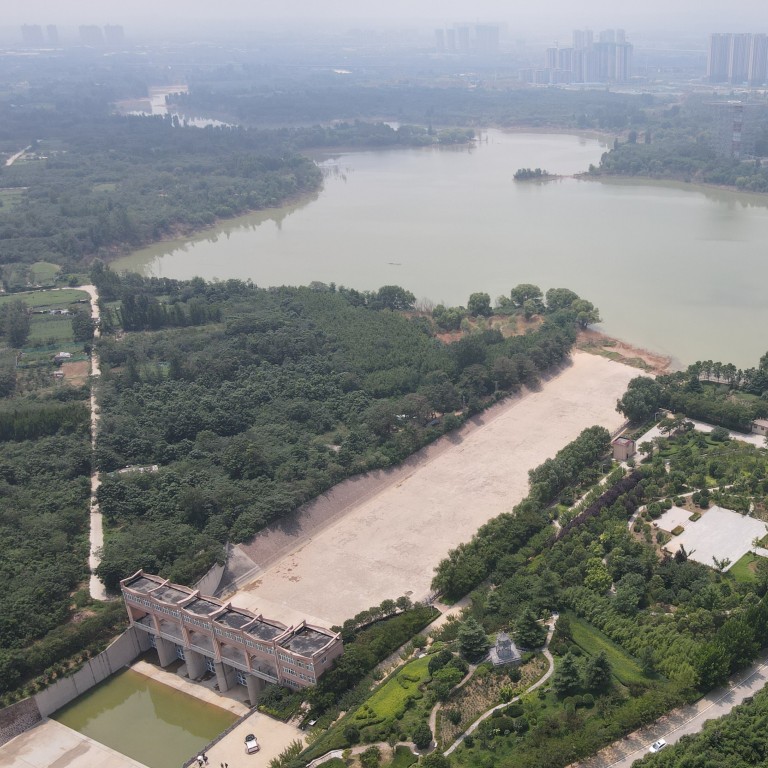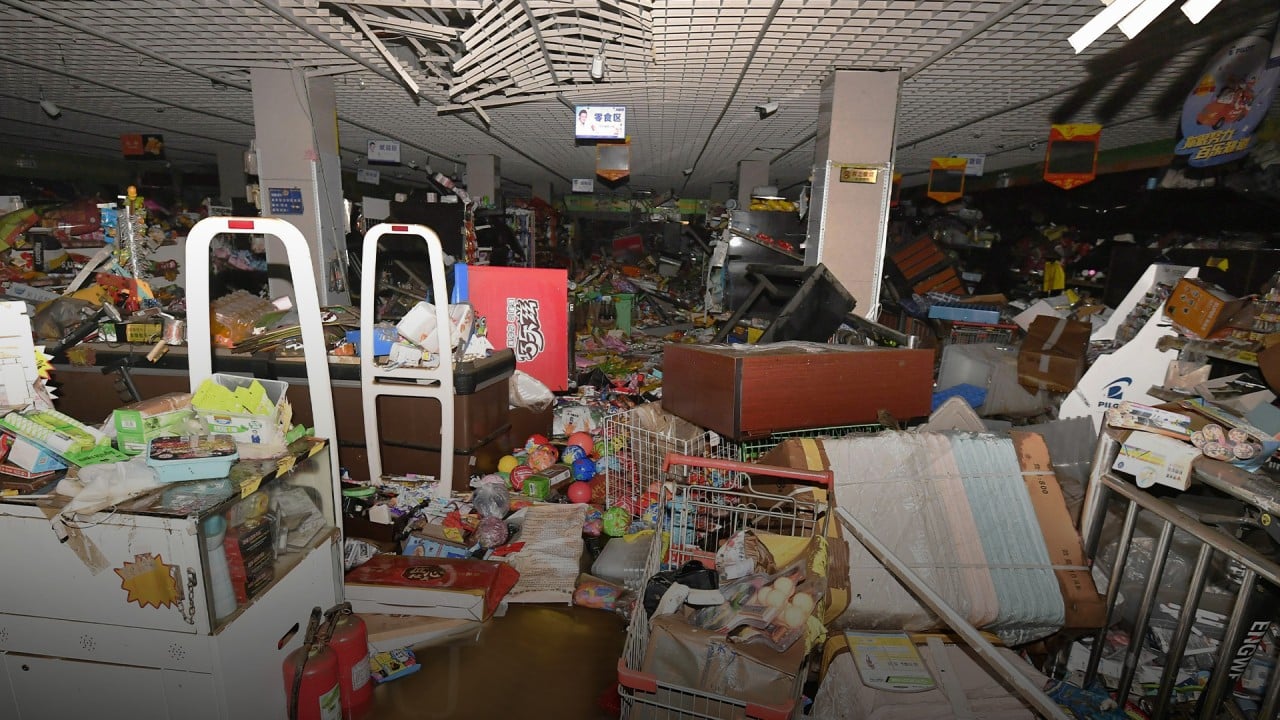
‘We were lucky the dam didn’t give way’: how central China floods exposed risk of worse disaster
- An official responsible for a reservoir near Zhengzhou says the devastating floods came close to triggering a far worse catastrophe
- Locals and officials in Henan say they were unprepared for the sudden deluge, which threatened to overwhelm ageing flood defences
Zhao, the Communist Party secretary responsible for the 61-year-old Changzhuang Reservoir, said the surging waters breached the warning level within a few hours, prompting an emergency discharge of water.
“It was a matter of luck that [the reservoir] didn’t collapse, as the situation with the dam was very dangerous at that time,” he said, contemplating a situation that would have proved catastrophic for the provincial capital, a city of more than 10 million people.
He said the heavy flooding had also disrupted phone and internet services in the area, forcing officials at the dam to rely on walkie-talkies to communicate.
Did Zhengzhou’s much-hyped smart city projects fail to prevent the floods?
The floods in Henan killed at least 73 people and exposed a series of problems with the ageing dams and flood defences in the province, where many residents and officials are not experienced in dealing with sudden downpours.
Zhao said he had never expected such heavy rains – more than 200mm (8 inches) fell over Zhengzhou in an hour – in his area.
Zhou Xuewen, head of the National Flood Control and Drought Relief Command Headquarters, said this week that many people in areas such as Henan were not used to dealing with floods and related emergencies.
“[Our] cadres and the public lack experience in dealing with floods because heavy downpours are rare in parts of northern China,” Zhou said in Beijing. “Moreover, [water infrastructure] projects in these areas are less robust, with many vulnerable reservoirs and embankments.”

03:37
Counting the financial cost of deadly flooding in China’s central city of Zhengzhou
Floods happen in China every year, especially during the summer and along major rivers such as the Yangtze and in coastal provinces.
These floods usually occur after prolonged rains and are concentrated in river basins, giving local authorities and residents time to shore up their flood defences and prepare evacuation plans.
The sudden deluge heightened concerns about the vulnerability of some Chinese reservoirs.
What now for the homeless from China’s floods?
Changzhuang was one of the two reservoirs in the Zhengzhou area that was at risk during the flooding.
According to officials, about 13,000 or just over 13 per cent, of the country’s 98,000 reservoirs need safety checks and repairs.
State news agency Xinhua reported in November that the country was planning to invest 100 billion yuan (US$15.2 billion) in reinforcing dilapidated reservoirs in the next five years.
Bao Weimin, a hydrology specialist from Hohai University in Nanjing, said the government was pouring money at the problem since more than 80 per cent of the reservoirs were over four decades old.
“However, due to limited financial resources, reinforcement work on the small and medium-sized reservoirs is lagging,” Bao said. He added that labour shortages were another problem because many of the smaller ones were run by local farmers.
Zhang Yuanren, the party secretary in Mibei village to the west of Zhengzhou, said locals had been unprepared when the flash floods struck.
“We never had such heavy rains before,” Zhang said. “In northern China, we only have droughts and not floods as the rivers always run dry through the year.
“That’s why our flood control system is not up to standard [for flash floods].”

04:02
Zhengzhou residents mourn subway flood victims in China’s central Henan province
Cheng Xiaotao, a member of the China National Committee for Disaster Reduction, said the departure of many young people from the countryside to work in cities had created another headache as the villages used to rely on local farmhands to maintain and repair reservoirs and dams.
“They used to rely on the voluntary labourers to help maintain the flood control facilities. This method no longer works since a large number of these young people have gone to the cities,” Cheng, a former head of the Institute for Flood Control, said.

Yin Jie, from the School of Geographical Sciences at East China Normal University, said flood control systems in rural areas had been neglected.
“The most important thing is that people do not attach importance to flood control in Henan and the emergency management capability is weak … In addition, funding for the repair and maintenance of infrastructure in rural areas is inadequate,” Yu said.

